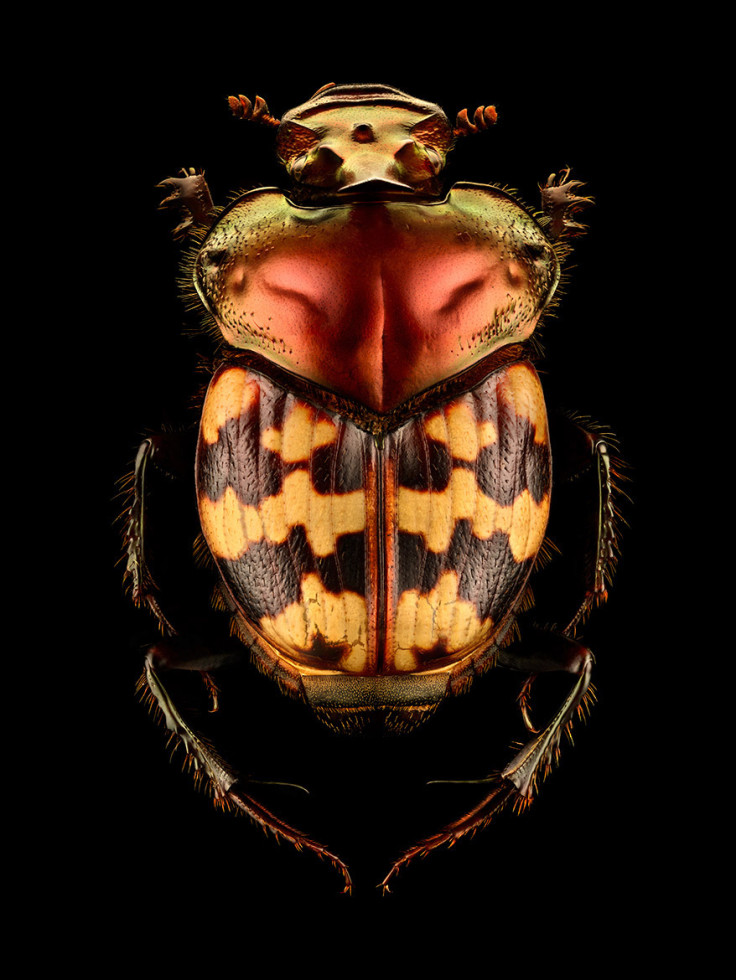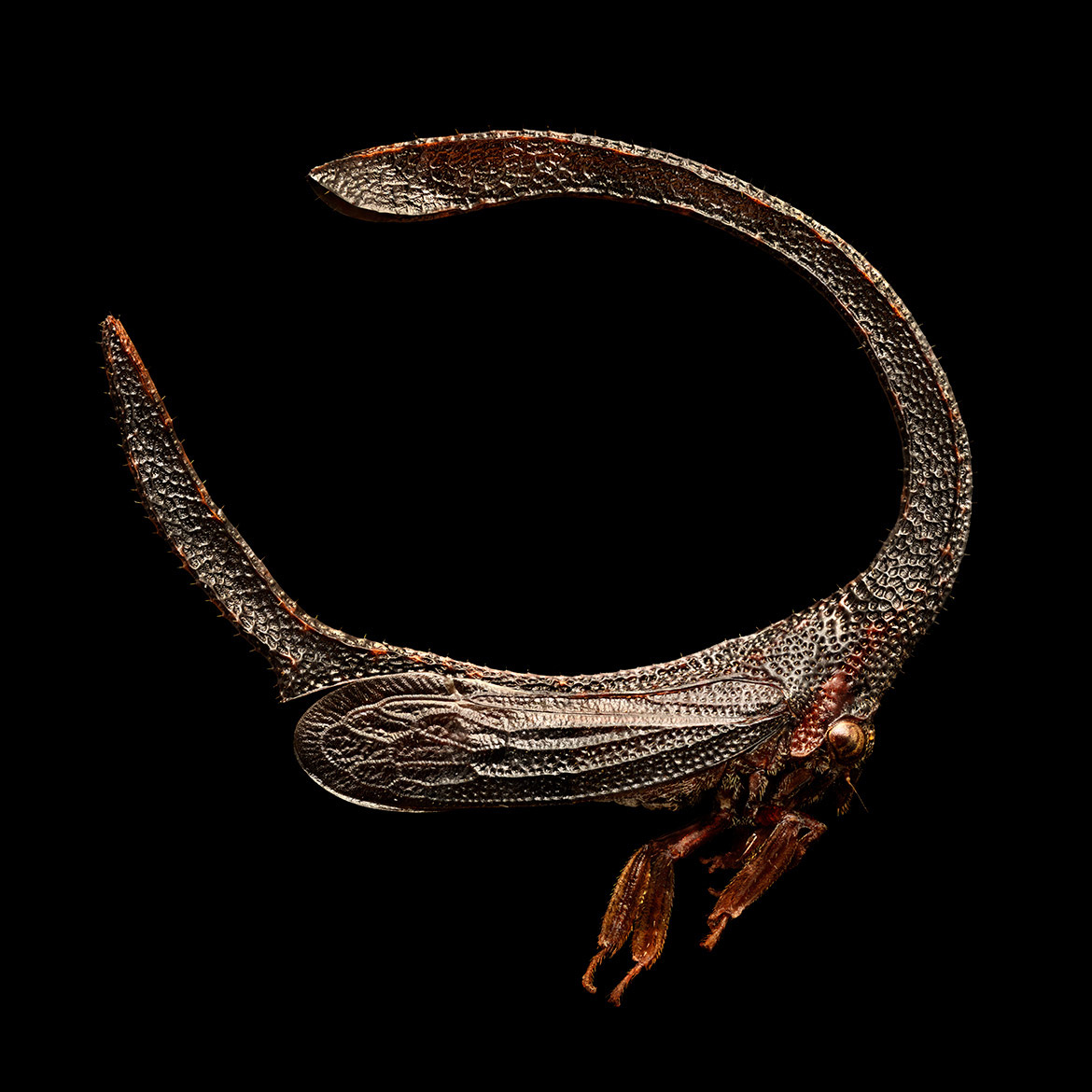Enormous images of tiny insects, each made from around 8,000 individual photos
Incredibly detailed images of jewel-like insects reveal the beautiful, surprising, and often downright bizarre sculptural forms of some of the tiniest creatures on Earth.
These incredibly detailed images of jewel-like insects reveal the beautiful, surprising, and often downright bizarre sculptural forms of some of the tiniest creatures on Earth. And when they are printed at up to three metres across, these macro photographs allow the viewer to examine each insect's unique evolutionary adaptations.

The breathtaking images, taken by British photographer Levon Biss, are being shown in an exhibition, titled Microsculpture and held at the Museum of Natural History in Oxford. On show in the museum's main court, the largest of the photographic prints measures up to three metres across and virtually surrounds the visitor. Placed alongside the tiny insect specimens themselves, this transformation of scale reveals the array of sculptural forms visible at a microscopic level.

Each picture in Microsculpture is created from around 8,000 individual photographs. Segments of the specimen are lit and photographed separately and then 'stacked' to maintain sharp focus throughout, before being combined into a single high-resolution file.

This short video explains the painstaking processes used by Levon Biss to capture the intricate details, and the scale of the photos in the exhibition.
Microsculpture from Levon Biss on Vimeo.
Speaking about the process, Biss explains: "I photograph the insect in approximately 30 different sections, depending on the size of the specimen. Each section is lit differently with strobe lights to bring out the micro-sculptural beauty of that particular section of the body. For example, I will light and shoot just one antenna, then I will move on to the eye and the lighting set up will change entirely to suit the texture and contours of that part of the body. This process continues until I have covered the whole surface area of the insect."

Combining art with science, the exhibition also provides information about each creature in the show and, where possible, discusses the evolutionary adaptations that have given rise to its particular body parts. The specimens on show have been carefully selected by Dr James Hogan, an entomologist at the Oxford University Museum of Natural History, to show the array of sculptural forms in insects.
Hogan says: "It's thought that microscopic structures alter the properties of an insect's surface in different ways, reflecting sunlight, shedding water, or trapping air. The evolutionary process of natural selection should account for all this wonderful diversity of microstructures, but for many species their specific adaptive function is still unknown. By observing insects in the wild, studying museum collections, and developing new imaging techniques we will surely learn more about these fascinating creatures and close the gaps in our current understanding."
"At high magnification the surface of even the plainest looking beetle or fly is completely transformed as details of their microsculpture become visible: ridges, pits or engraved meshes all combine at different spatial scales in a breath-taking intricacy," says Hogan.
IBTimes UK presents some of Levon Biss's amazing macro photographs. To see them in even more detail, head over to microsculpture.net for zoomable images from the Microsculpture show, or visit the Oxford University Museum of Natural History between 27 May and 30 October 2016.









© Copyright IBTimes 2025. All rights reserved.






















